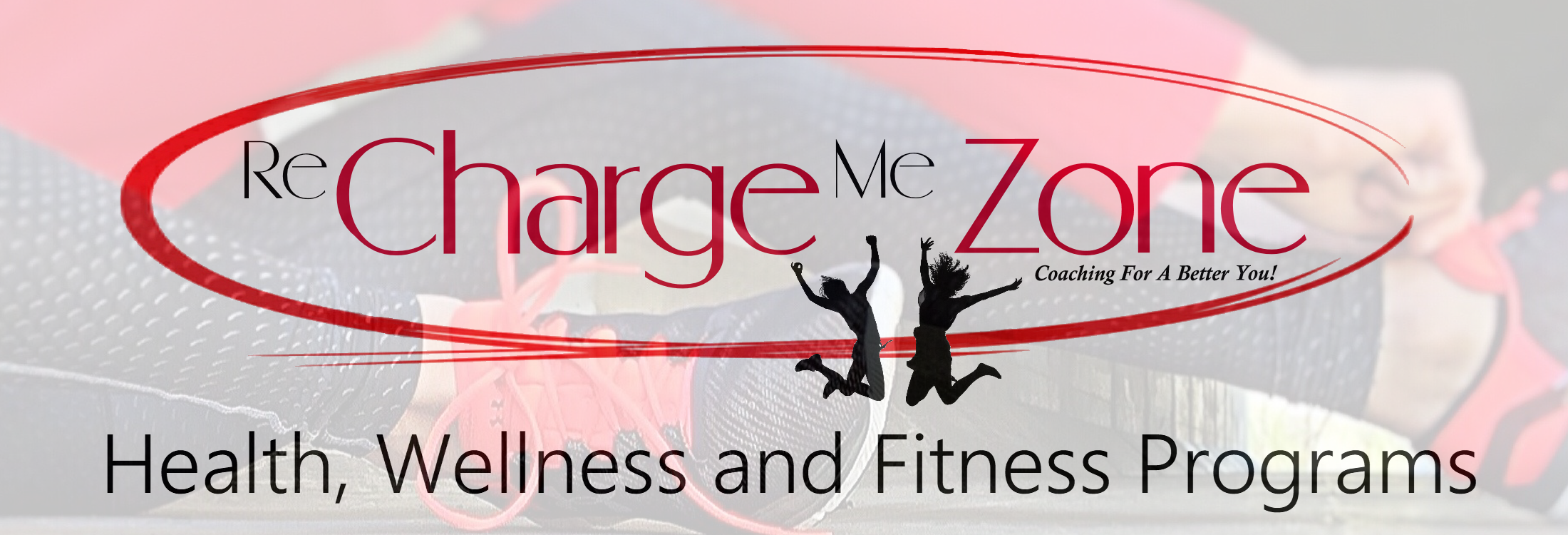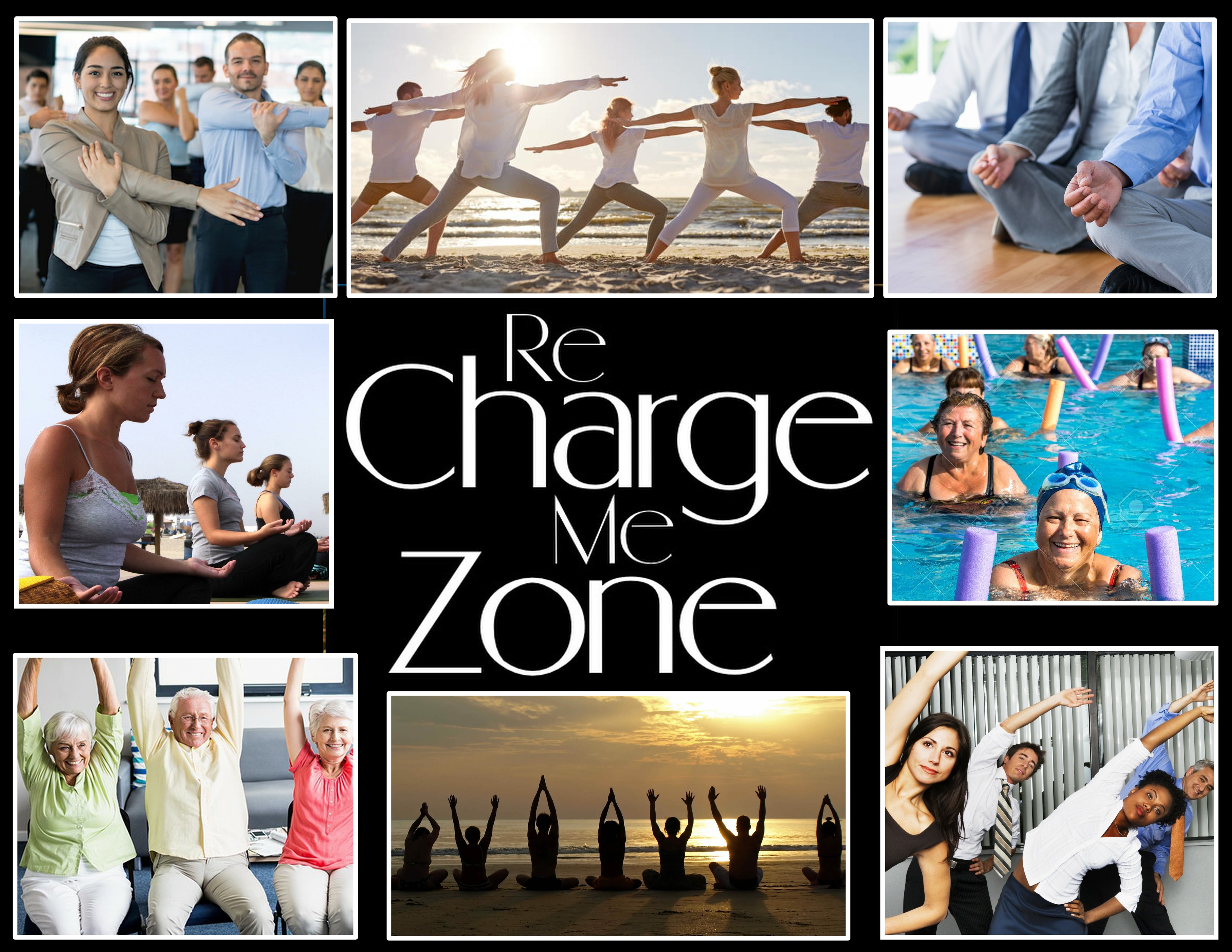The Best You Can with What You Have

Watching my mother, I learned many things, but the one that stands out the most was how she didn’t whine. She worried, complained, and criticized, but whining wasn’t her style. When things were going badly for her and life was not fair, she didn’t sit around feeling sorry for herself. She would dig her heels in and find a solution that would help her. Believe me, she had plenty of times she could have given up. Her mother passed away after many years of illness when she was 15. She had to learn to be on her own, so she earned her teaching degree and went to work for the state of Kansas teaching in a one-room schoolhouse. This was not a simple task. She had to move a hundred miles away from her family boarding with strangers. She was to teach first through sixth grade with some students being almost her age. Teaching involved walking to the school–yes, in the snow through the winter months-and gathering wood for the potbelly stove to get the building warm before the students arrived. She had to create all the lessons, activities, supplies and anything else to do with the school. It was all up to her. After my mother married, she became a rancher on the Kansas prairie. She had two children and life changed but her responsibilities were still overwhelming. They lost the ranch because of a cattle illness. After a few years of owning a small grocery store and failing, she ended up, for multiple reasons, getting divorced. This led to working in a variety of jobs, living with family, then having a relationship and marriage with my father. She had two more children, and life was extremely turbulent. The family was the definition of poor. One year she moved seventeen times! She was often scared, angry, and worried, but she continued to find solutions and move forward. Many times, when I would ask her about something that had been difficult in her life she would say, “I did the best I could with what I had.” I believe that is exactly what she did. Recently I came across a Tony Robbins blog about tips for getting through tough times. I was surprised-not surprised that many of the suggestions were the things my mother did. One of his tips was to express your feelings. Robbins said to do whatever you need to release the pressure and clear your mind so you can learn the lesson these tough times can teach you. He said,” Allow yourself to feel. Letting your emotions out will take away their power.” My mother expressed her feelings to friends, family and sometimes anyone who would listen. Another tip from Robbins is to focus on what you can control. My mother liked control, and I, like her, often look for control. Sometimes I believe it becomes a habit when it’s forced upon you too often. Robbins says that you won’t get anywhere by focusing on the things you can’t control. “You must decide to focus on things you can control.” If you change your focus, you will see opportunities rather than a setback. Also, changing your perspective can mean looking at your situation as an end or a beginning. Robbins says, “Every experience of your life has gifts for you.” Practicing gratitude is a proven way to stop dwelling on the negative and start seeing the positive. Finally, self-care is so important for getting through a tough time. My mother’s self-care was her friends, church, and faith. Having a support system, doing mindfulness practices, finding moments of laughter, moving your body all have important effects on your mood and energy. I feel grateful for what my mother could teach me, intended or not. When things go badly, I try not to whine. I focus on the things I can control, but even more so, I look for options and opportunities. I think about my mom working on solutions. She did many things she didn’t want to do but did it anyway to take care of her family. So, whenever my life is a little tough, I try to do the best I can with what I have. My mother’s life made such in impact on me that I wrote a book about her – Available on Amazon Iva Mae: The Book of Mom tells the story of a young girl on the Kansas farm in the 1920’s and the changes she made throughout her lifetime. Beginning in the rural areas of Southeast Kansas and Ozark Mountains of Missouri, Iva Mae traveled the country and Europe while she experienced different cultures, social environments and venues including dinner at the White House. Iva Mae lived her ninety-one years with the attitude that she did the best with what she had to work with at the time. “From the moment I opened my mother’s keepsake box after her death I knew that her story needed to be told. Her life was filled with trials and struggle, yet she remained optimistic and filled her emptiness with faith. She lived many different lives over her years with family, faith and love of new places driving her to experience all she could,” said the author, Robin Anne Griffiths. Iva Mae grew up without electricity or indoor plumbing and faced numerous hardships ranging from a devastating house fire as a child to her mother’s death when she was fifteen. Iva Mae’s adult years were plagued by health problems, money worries and two rocky marriages. Yet through it all, her faith in God, ability to find happiness, and love of family never faltered. Iva Mae: The Book of Mom offers a glimpse into America’s past and one woman’s struggles as well as triumphs. Iva Mae did not let fear stop her from discovering what life had to offer. Known for her cooking, love of holidays, and adventurous, ready-to-go spirit, Iva Mae lived her ninety-one years to the fullest through the decades of change ranging











